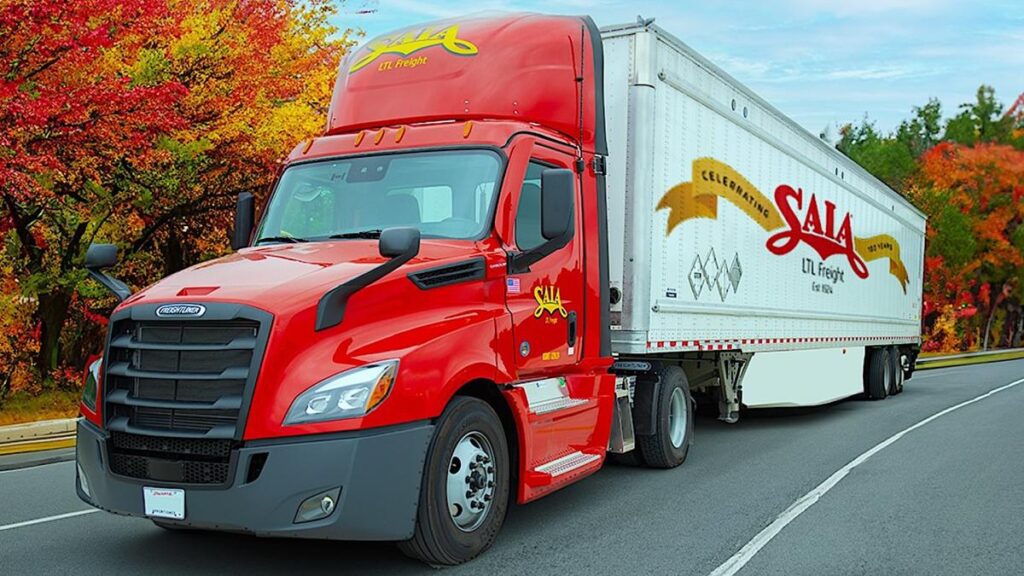Slow and Steady Progress for Tesla Semi
The well-known saying, “slow and steady wins the race,” seems to encapsulate Tesla’s approach to the gradual rollout of the Tesla Semi. This all-electric semitrailer truck is carefully expanding its presence in various markets, enhancing production capabilities, and reaching new customers.
Saia’s New Addition
Electrek has reported that Saia, the newest company to incorporate Tesla Semis into its operations, has added two of these trucks to its fleet. Based in the United States, Saia operates approximately 5,000 trucks and partnered with Tesla to celebrate its 100th anniversary. In their press release, Saia praised the “unparalleled innovation” of these “state-of-the-art” vehicles, noting that their testing assessed factors like range, payload capacity, and driver ergonomics.
Positive Impressions
Patrick Sugar, Saia’s Executive Vice President of Operations, expressed excitement over the Tesla Semi’s ability to manage both local and long-haul tasks. In terms of efficiency, he highlighted that the Semi performed at 1.73 kilowatt-hours per mile.
Comparative Efficiency
While this figure is slightly above the 1.6-kWh benchmark from Tesla’s internal tests, it aligns well with a trial conducted by DHL and is considerably better than initial predictions of 2 kWh per mile. Other companies, such as NFI and Martin Brower, have also conducted successful tests of the Tesla Semi.
Future Manufacturing Plans
At present, most Tesla Semis on the road are intended for internal use or are operated by PepsiCo, the truck’s primary customer. Pepsi drivers and executives have shared enthusiastic feedback, adding to the anticipation sparked by Elon Musk’s statements about expanding the trucks’ availability in Europe and globally. A new factory in Nevada is expected to begin mass production in 2025, aiming to produce 50,000 units annually.
Environmental Impact
This significant production ramp-up could drastically reduce pollution from the trucking sector. According to the National Renewable Energy Laboratory, medium and heavy-duty trucks represent more than 25% of national fuel consumption, despite making up only 4% of vehicles on the road. Transitioning to all-electric fleets could lead to substantial reductions in emissions that contribute to climate change.
Drivers’ Feedback
Although the trial run was limited in scope, Saia highlighted the “enormous potential” of the Tesla Semi. Sugar mentioned that drivers were keen on adopting these trucks more widely, praising their smooth acceleration, comfortable design, and performance on steep grades, even with heavy loads.
Join our free newsletter for uplifting news and practical tips, and don’t miss out on this list of easy strategies for personal and environmental improvement.


